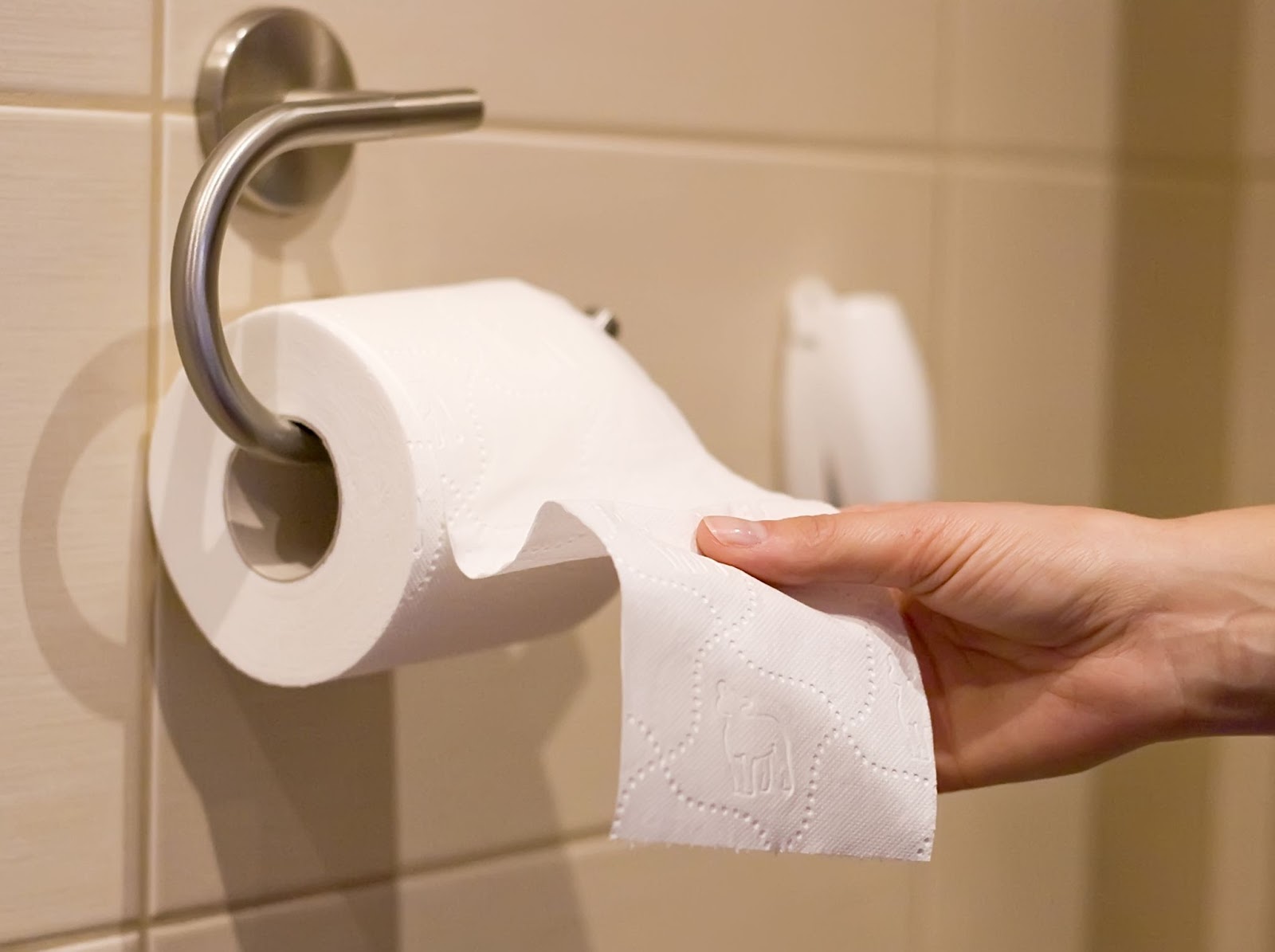
It contains deadly microplastics
Unsubscribe | Report as spam | Change email preferences
Please think twice before drinking from this
Did you know that those paper cups you drink coffee and tea out of are lined with plastic?
Yes, unfortunately, it is true.
Drinks like coffee and tea are part of most of our daily lives.
I don’t think there’s anyone who hasn’t bought a takeaway when they’re out for a cup of coffee.
In fact, precisely 16 billion paper cups are used for coffee every year.
This means that millions of people drink hot beverages from these cups on a daily basis.
You may have recently heard environmentalists speak out about this issue in the media.
Because it also causes severe environmental pollution.
But what about your health?
You are unlikely to hear about that in the mainstream media.
That’s why most people have yet to hear of what I mentioned at the beginning – I only recently discovered it myself.
It’s so alarming that I wanted you to know about it urgently.
Here is the study that shows that paper cups are actually lined with plastic which can release microplastics when it comes into contact with hot water:
This study was conducted at the Indian Institute of Technology. It was published in Journal of Hazardous Materials.
Plastics have only been in our lives for 50-60 years.
And it has only been widely used for 15-20 years.
So we have yet to see the destruction that microplastics can cause.
Microplastics are literally everywhere.
It is not possible to escape them completely…
… but you can reduce your exposure.
And you should because microplastics are a danger to your health.
Microplastics can absorb unwanted and undesirable chemicals, including heavy metals, polychlorinated biphenyls (PCBs), and pesticides.
As if their own harm is not enough, they also put other kinds of dangerous substances into your body.
As I said, it’s a relatively new problem, so the harms are not yet fully known.
But a small number of studies suggest that microplastics can cause
- Asthma
- Headaches
- Cancer
- Hormonal disruptions
- Fibrosis
In this study, paper cups were in the spotlight.
The researchers took some paper cups from the university campus and conducted a simple experiment.
“Paper cups have an interior that is laminated with a hydrophobic film made of mostly plastic (polyethylene) and sometimes of copolymers.”
They poured hot water at 185-195 degrees Fahrenheit into them and waited for 15 minutes.
They chose this amount of time because, generally, people wait roughly 10-15 minutes for their beverages to cool down before drinking them.
As for the results, they detected 25,000 microplastic particles in just 3 oz of hot water.
“Further, results indicate that on an average 25,000 micron-sized microplastic particles could be potentially consumed with 100 ml of a hot beverage contained in a small paper cup (100 mL volume).”
Not only that, but at the end of those 15 minutes, they detected various halogens in the previously pure water.
“Nitrate, chloride, fluoride, and sulfate ions were detected in measurable quantities in hot water, and their concentrations are compared with the permissible limits of the respective ions in drinking water.”
They stated that the reason for this could be the chemicals used in the production of paper cups.
“One of the reasons may be the chemicals used to treat the paper and paper boards for food packaging.”
Wait, it’s not over yet; they found harmful heavy metals in this water.
“Pb, Cr, Cd, As, and Hg are considered to be toxic heavy metals that are harmful at all concentrations. Of these, Pb, Cr and Cd were detected in the films.”
These so-called “innocent” everyday cups are a health hazard.
After discovering this, I immediately cut them all out of my life.
I’ve never liked the taste of the beverages I drank in a paper cup anyway, and now I know why.
Think about it, it’s like pouring a hot drink on a shopping bag and drinking out of it.
It doesn’t make any sense.
—-Important Message—-
Men: how to protect yourself from toxic toilet paper
I’ve discovered a toxic chemical hiding in 80% of all toilet paper brands on the market.
And if you think you’re safe because you’re using a “greener,” more eco-friendly toilet paper…think again…
Because this one toxic chemical is even more rampant in the so-called “eco friendly” toilet paper brands.
So please, do me a favor and check this out —
———-




